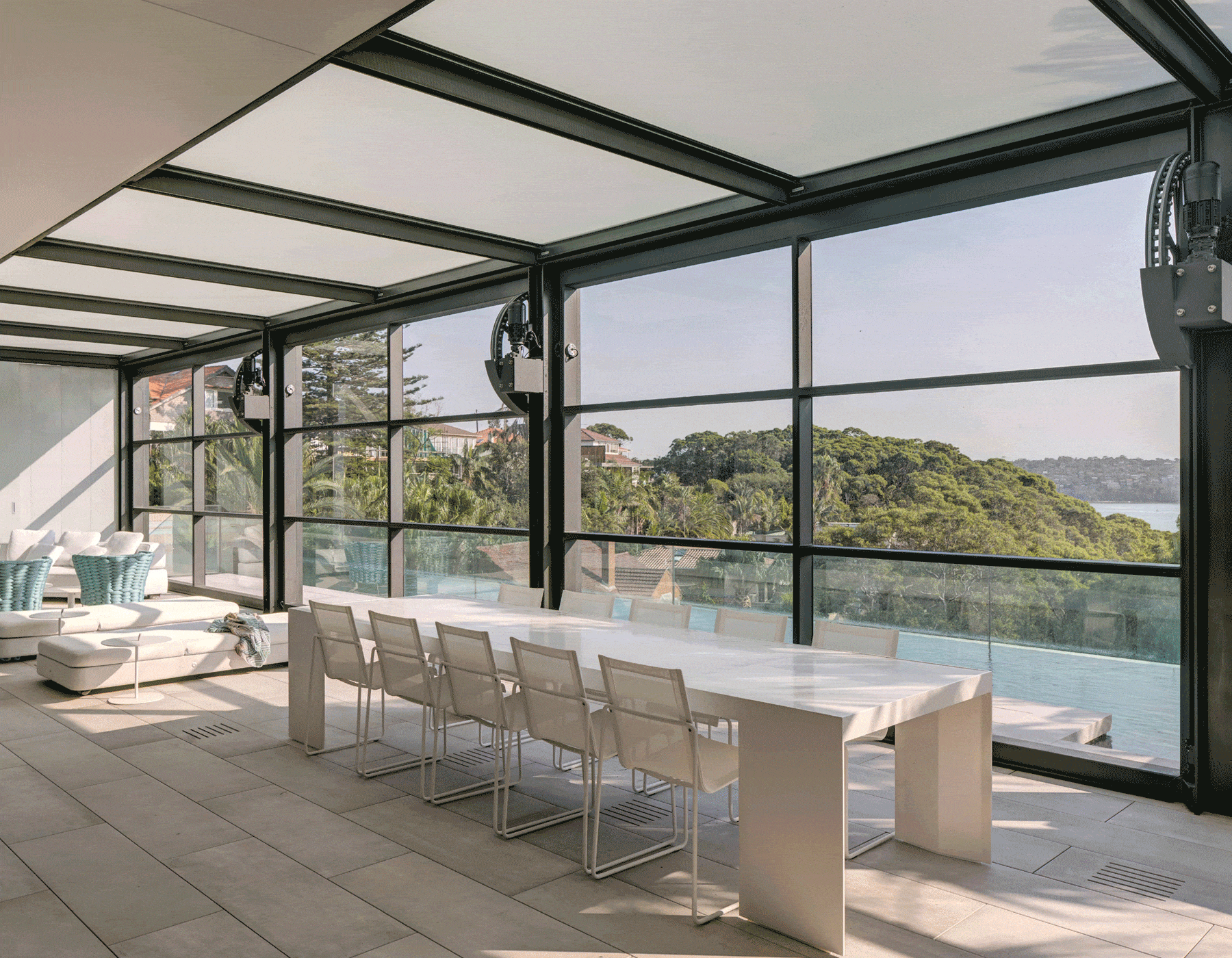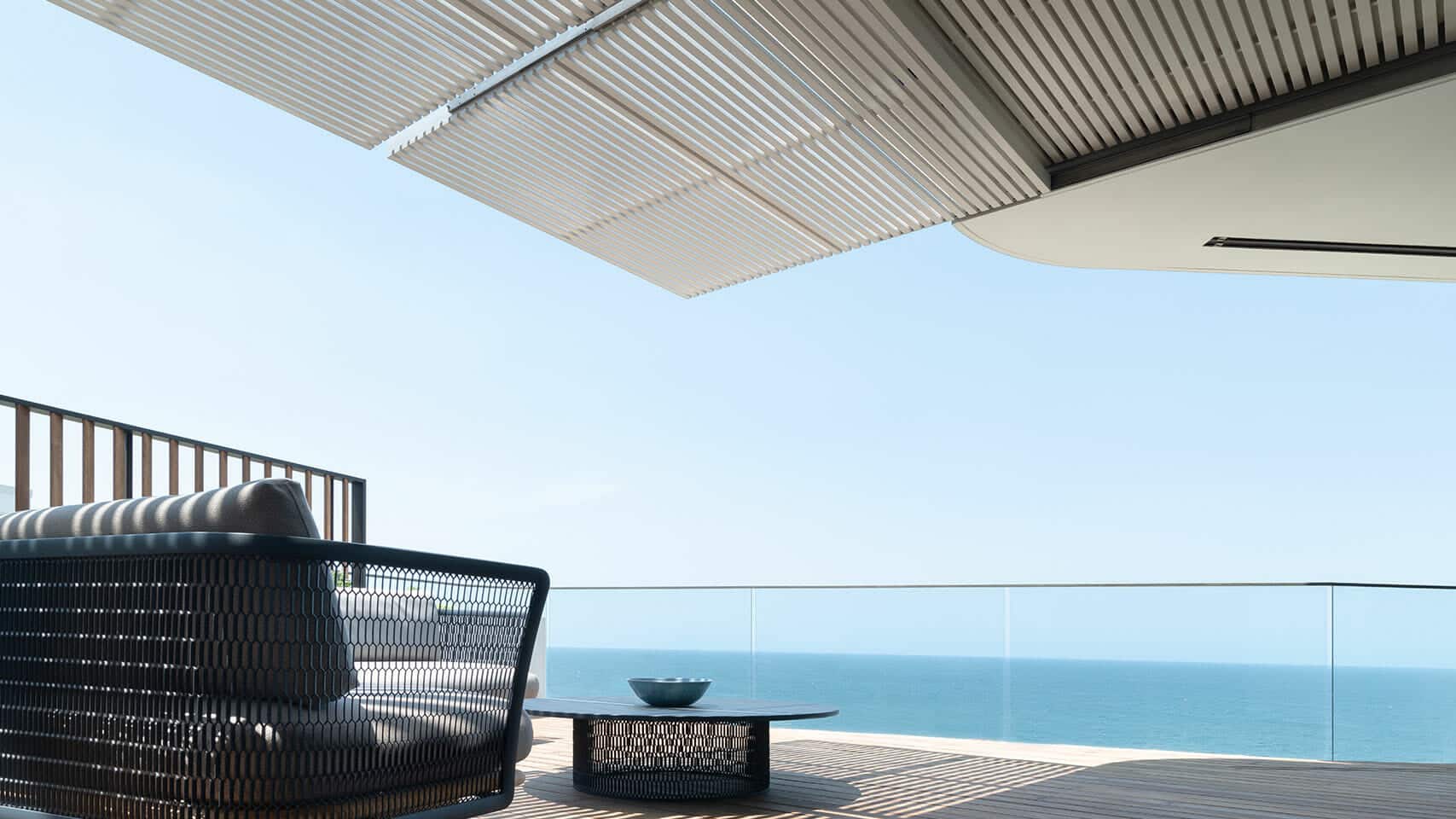-
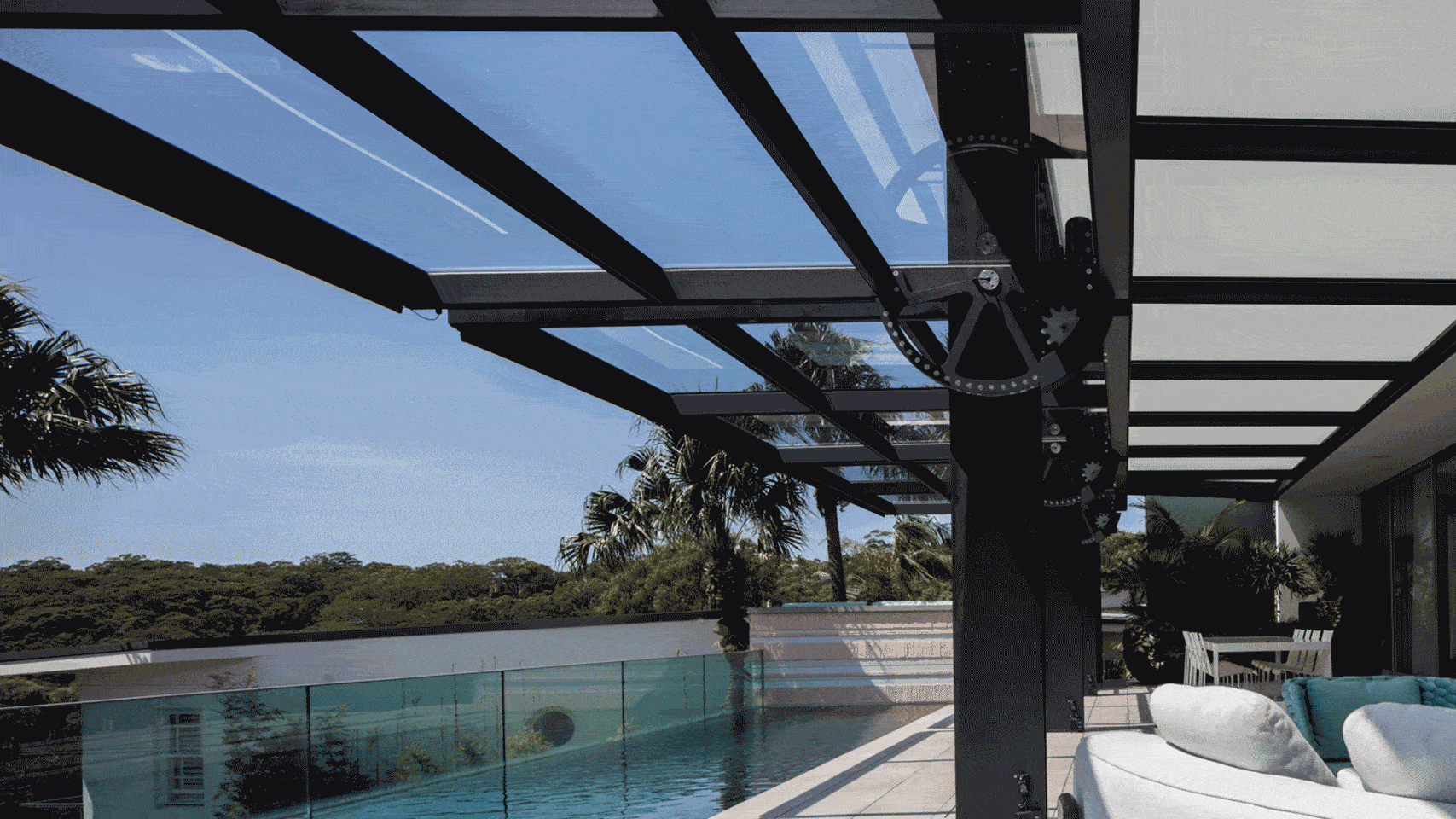
-
Interdisciplinary design in practice: the best approach
Neither design nor architecture happens in a vacuum. In times of dynamic progress, technological advancement and rapid regulatory changes, every design professional relies on the specialised expertise of a wider team – particularly the skilful craftsmen and manufacturers who help make their unique ideas a reality.
-
In an Indesign CPD Live webinar on the 3rd June, Jan Henderson moderated a discussion exploring how architects can realise their objectives through clever design – and the role of processes and manufacturers in achieving optimal results. Bringing a variety of diverse voices through a panel comprising of esteemed industry leaders – Tim Phillips the Managing Director of Tilt Industrial Design, James Perry, the Principal of fjmt, Anita Panov, the Director or panovscott and Luigi Rosselli, the Principal of Luigi Rosselli Architects – the discussion provided incredibly pertinent insights on how the collective industry efforts can drive creative and visionary architectural outcomes.
-
Heading up an industrial design consultancy that helps architects, landscape architects, and artists realise their creative visions and allow them to conceptualise solutions that are not achievable with catalogue products, Tim Phillips couldn’t be better placed to set the scene for the discussion. ‘Our business was developed to help facilitate creativity in architecture,’ says Tim.
Experts in areas few architects are skilled in – like materiality, manufacturing process or kinetic elements – Tilt Industrial Design works with architects to create clever design solutions that deliver on their visions. To Tim and his team, a clever design solution is not just aesthetically pleasing – it has to be beautiful, functional and represent value for money. ‘That’s what we set out to achieve at the start of every project – whether it’s a small residential project or a large commercial endeavour,’ says Tim. But what are the processes involved with designing new products that achieve their aesthetic and practical goals?
Sense of synergy
Arriving at a clear understanding of what the design objective is – and maintaining that throughout the process – is crucial in achieving the desired aesthetic and functionality. Using a UTS project James Perry and Tim have recently collaborated on, James explains: ‘The clarity of maintaining the design objective was really essential to working through the process, the evolution of the process, and then retaining that aesthetic goal.’
Anita Panov echoes that sentiment by adding that the idea itself – and clarity on its relevance – has to be at the centre of the process, and that a part of the design process is looking back at the way things have been done in the past. That, in turn, brings up a question of things that haven’t been done yet – and what is and isn’t possible to bring a new idea to manufacture.
-
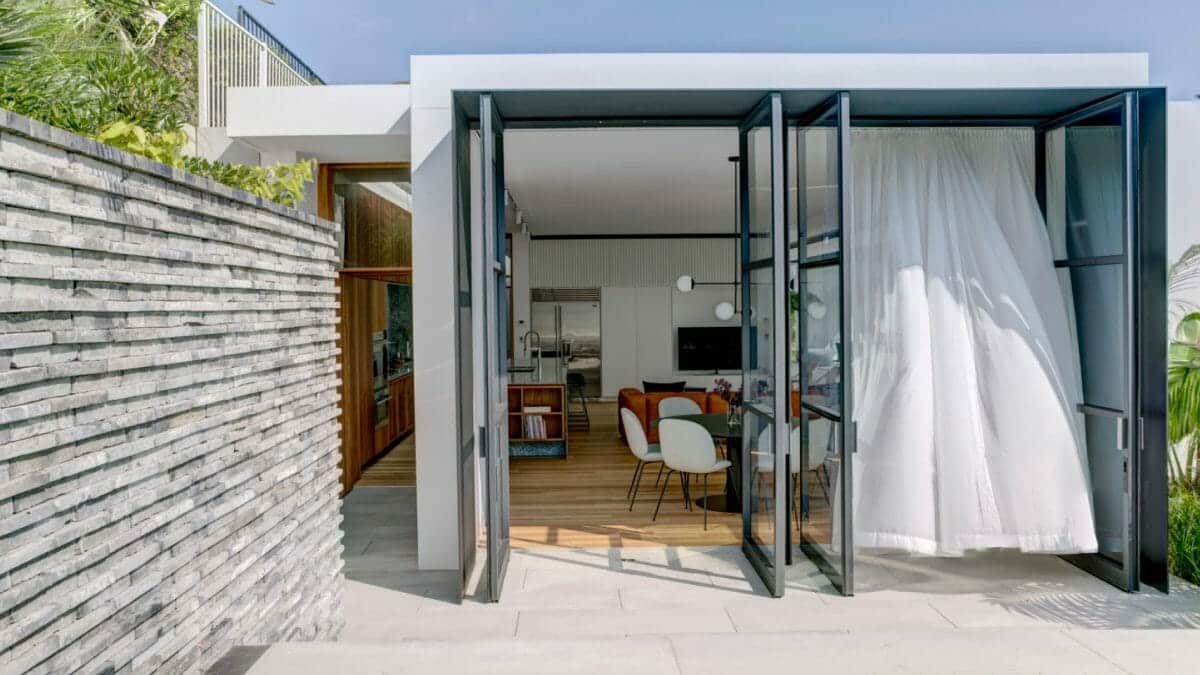
-
Parameters of influence
Between the brief and design objective, the level of risk the client is willing to take, and the more technical aspect of product design like fabrication, assembly or long-term maintenance, there are many parameters that could inform – and dramatically change – the outcome of the design process.
For Tim, dealing with manufacturing opportunities that aren’t necessarily traditional is one of the main parameters that impact the way his team designs and manufactures. ‘We work with the more advanced manufacturing and material opportunities so that we can open up a whole range of possibilities for architects,’ he says and explains that when the architects find the limitations of the standard products and they’re willing to go outside of that traditional procurement process, they often find that the opportunities are there for them. ‘And we can support them with knowledge around materials and manufacturing processes.
-
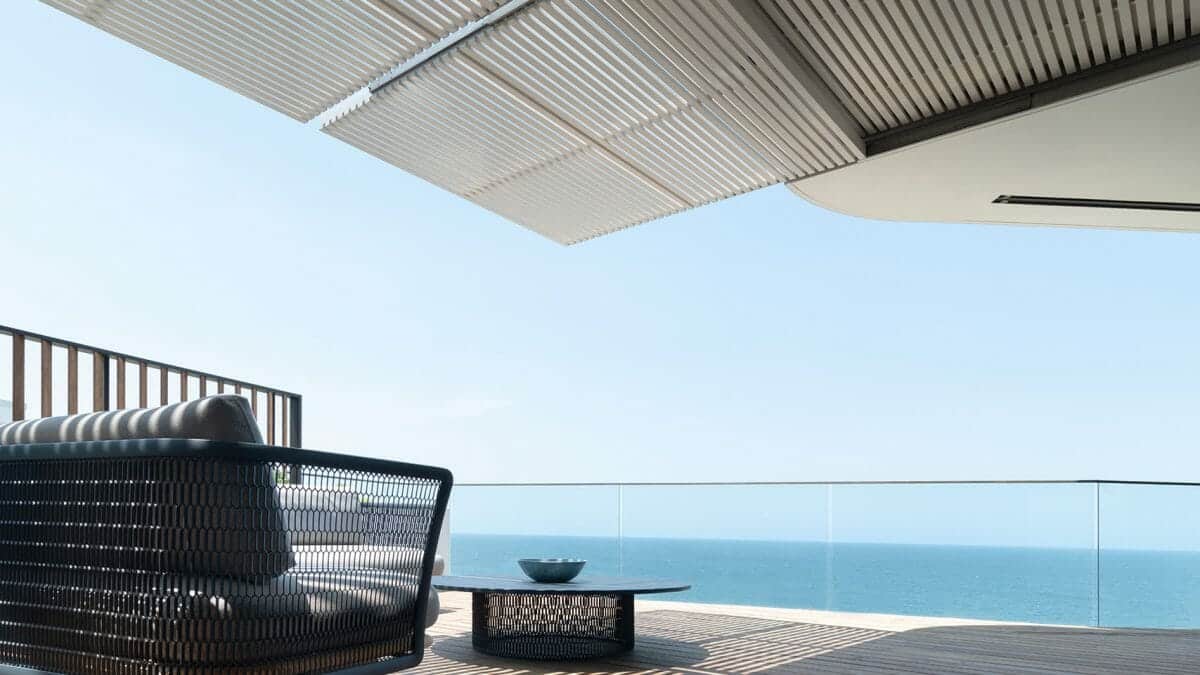
-
Expertise is key
It’s that specialised knowledge that’s particularly alluring to architects. Moving the discussion to the subject of available processes, expertise and materials for project and site that can address client and design needs, Anita touches on the generalist profile most architects represent and the limitations of knowing a little bit about a lot of things – a trait balanced out by the knowledge industrial design offers.
Tim weighs in on Tilt Industrial Design’s use of available processes, expertise, materials and technologies from different industries, like factory automation or solar, to realise what the architects are setting out to achieve. ‘We don’t consider what we’re doing as an invention – what we’re doing is opening up a whole range of different opportunities through existing processes and skill sets that architects aren’t necessarily thinking about.’ It’s clear that expertise – and shared knowledge – is critical. However, what else is there to help achieve the best outcome for a project, the site environment, and the client when designing or customising for particular projects?
Achieving the best outcomes for all
Even though ‘collaboration’ may seem like a tired word, bringing a diverse group of people to the table to ensure they can contribute in different ways will never get old – and that’s where the real value is, according to James. But collaboration goes hand in hand with a crystal clear understanding of the context one is designing within and what it is that the project is trying to achieve. So whether it’s a physical exploration of the space one is working with – Anita mentions the idea of camping on a site – or the process of rigorous communication, it’s imperative to walk into the project with a great understanding of where it’s headed, without any assumptions left.
‘The best outcome is when everybody’s happy. Not just the end client, but the builder, the architect, the end-users,’ Tim points out. For him, it’s key to understand the expectations of all stakeholders at the start of the project and ensure the team is briefed on the problems, challenges and constraints of the site so they can manage expectations throughout the project and share the vision with the whole team. ‘That takes a lot of cooperation from all parties involved,’ sums up Tim, fittingly reiterating the pivotal role of collaborative work practices, alongside clever design and clear ideas, in the process of delivering desirable, aesthetically pleasing and functional products and spaces.
-
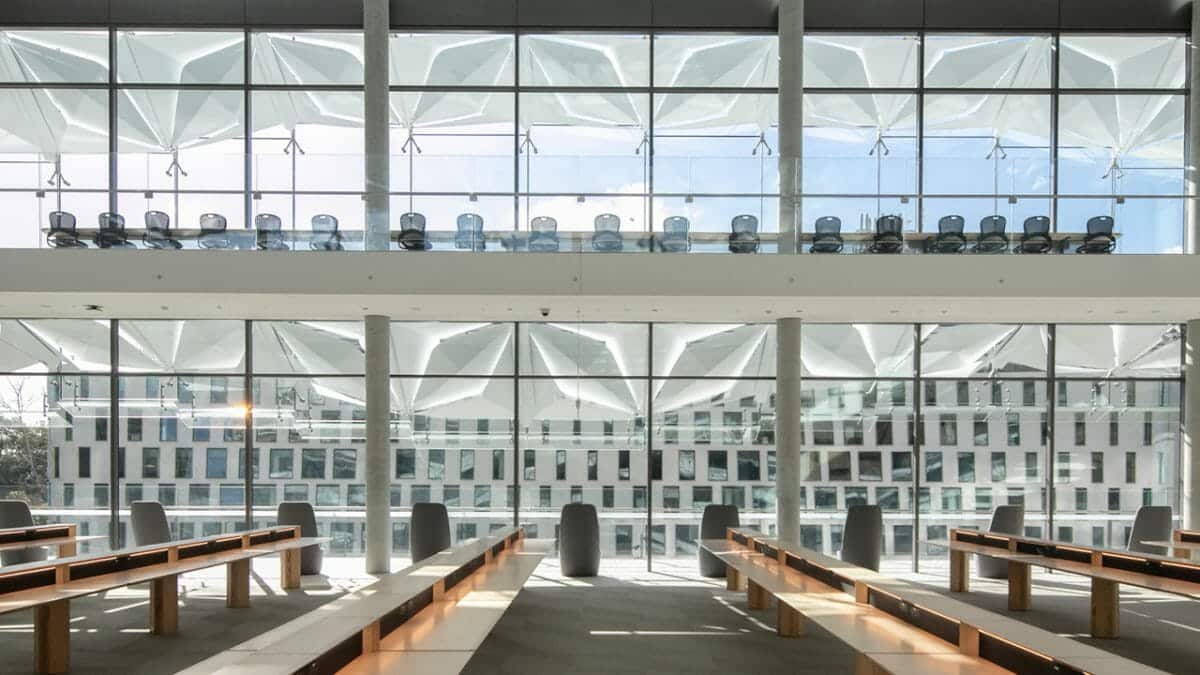
-
In an Indesign CPD Live webinar on the 3rd June 2021, Jan Henderson
Watch the CPD Live presentation here
1 formal cpd pointThis article was originally published by indesignlive.com
-
Related projects
-
Latest news and insights
-
Enquiries
New business — studio@tilt-industrialdesign.com
Careers — studio@tilt-industrialdesign.com
Press & media — marketing@tilt-industrialdesign.com
We acknowledge the Traditional Owners of Country throughout Australia and their continuing connection to land, waters and community. We celebrate the value and diversity of First Nations art forms, cultures and languages, and their ongoing significance today. We pay respect to Elders past and present.
